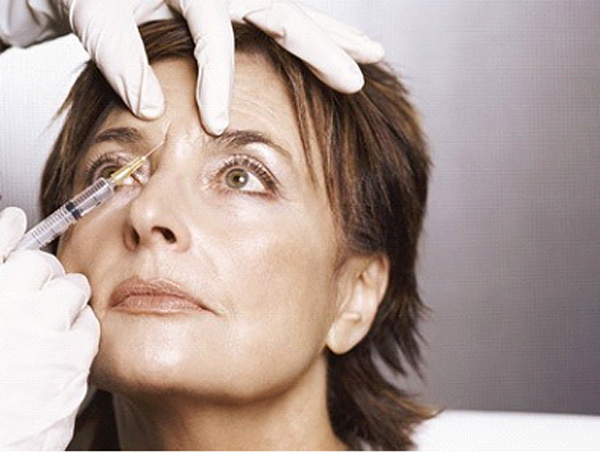Botulinum Toxin, also known as Botox was initially approved by the U.S. FDA which treats optical pmuscular problems. This proved to be a great success and by 2002 Botox had also approved for the treatment of frown and aging lines on the forehead by the FDA. This changed the use of Botox from a therapeutic drug to a cosmetic drug, and has taken off since then.

Considering the immense popularity within the last 23 years, numerous case studies and research has been done on the different uses for Botox. Let’s have a look at what Botox can be used for:
Migraine Headaches
Botox injections are given over a course of 12 weeks, around the head and neck area. It is said to dull future headaches for up to three months, depending on the patient.
Cerebral Palsy
Botox is in no way a cure for cerebral palsy, but it can alleviate some of the symptoms such as stiff limbs and growth enhancements in children who are crawling, walking or standing. The muscle relaxing effect of Botox works for between 3 to 6 months and treatments can be repeated.
Multiple Sclerosis
Botox has been used to treat a common symptom of MS in children, known as pre equinus or tip – toe walking. Tip toe walking is caused by muscles spasms in the calf area and through the treatment of Botox injections, the muscles are relaxed and walking flat foot becomes easier.
Sweating
Botox can be used for the treatment of excessive sweating since 1997. It is also interesting to note that it is currently the only non – muscular treatment. By injecting Botox into the arm pit, it blocks the release of a certain chemical which causes sweating. It is a relatively quick procedure and lasts for between 5 to 7 months depending on the patient.
Bladder Treatment
The FDA approved the use of Botox in patients with neurological conditions such as spinal cord injuries to alleviate urinary incontinence. By injecting the bladder, Botox relaxes the bladder and increases the size of the bladder. This treatment is said to last around 9 months.
Eyelid Twitching
Botox blocks nerve impulses to the eyelid, paralysing or weakening the eyelid alleviating eyelid spasms. The treatment lasts around 4 months and is said to bring almost complete relief to 90% of patients.
As you can see, Botox has come a long way over the last 20 years and is not only used for cosmetic procedures these days, but for various medical procedures too. Botox has become an increasingly growing industry and the global Botox market is estimated to grow to $2.9 billion by 2018. It is no wonder Botox is consistently one of the top non cosmetic procedures done each year.
Rosanne Kruger is a writer with a keen interest in the medical field especially with botox cape town. When she is not typing up a storm, she enjoys going for walks on the beach and listening to live music.

